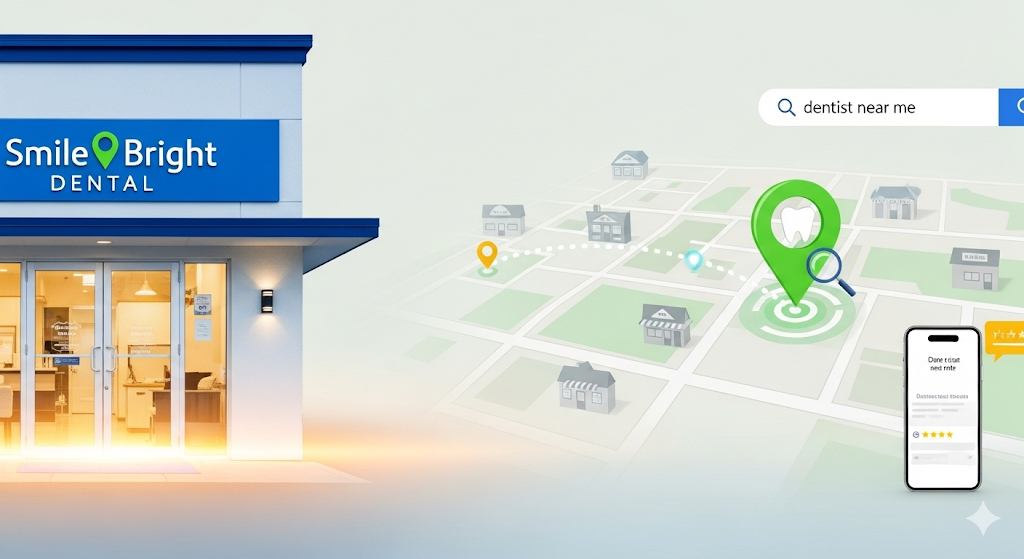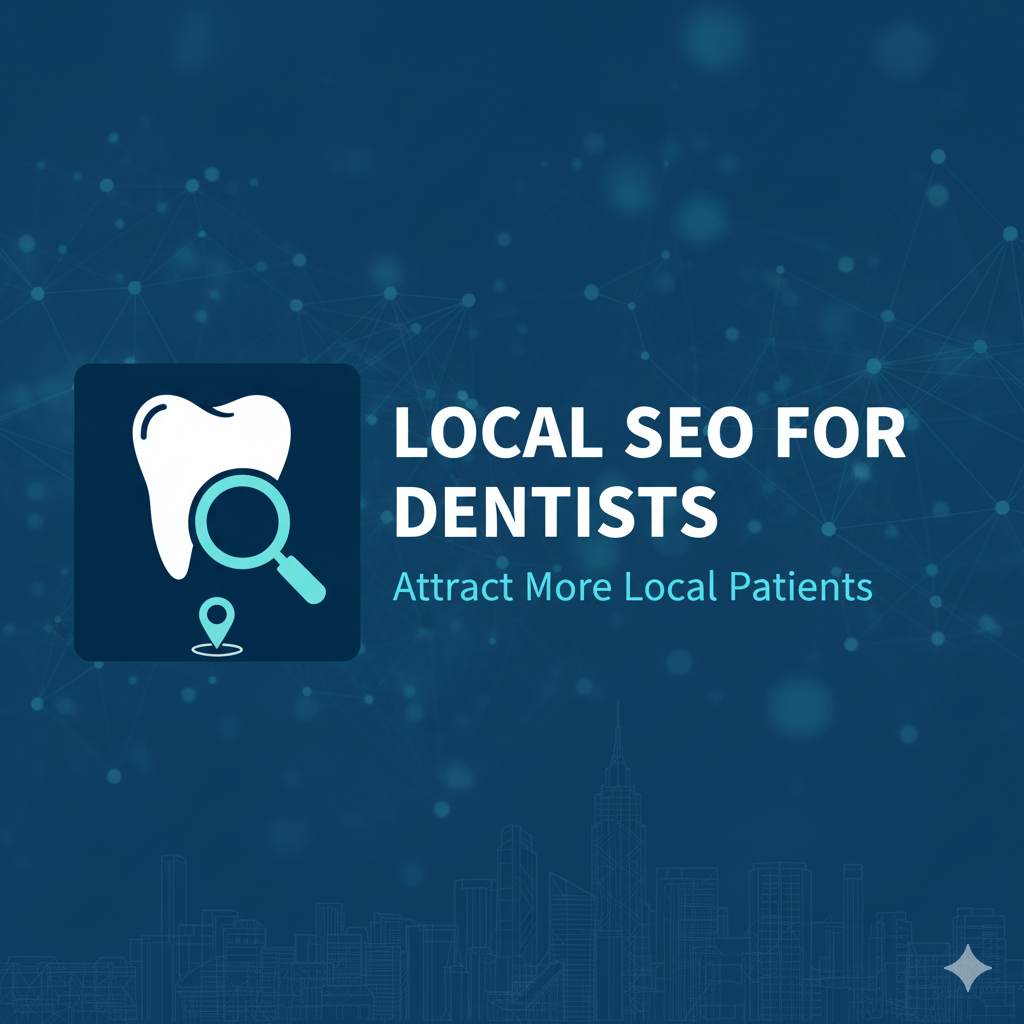
Request Your Free SEO Audit
Leave your details and we’ll send a short audit & next steps.
Thanks — we got it!
We’ll email your audit within 24 hours.
Local SEO for Dentists

Overview
In a crowded market like London, simply having a website isn’t enough. When a potential patient searches for “dentist near me” or a specific treatment, they are ready to book. If your practice isn’t showing up on the first page of Google, you are losing valuable new patients to your competitors.
At Local SEO Monk, we are experts in helping dental practices like yours get found online. Our targeted approach focuses on the unique needs of dentists, building a robust digital presence that establishes trust and drives more local enquiries and appointments.
How We Help Your Dental Practice Grow:
Our comprehensive local SEO for dentists strategy is designed to put your practice in front of the right people at the right time. We focus on the key areas that matter most for dentists:
Google Business Profile Optimization: We’ll transform your Google Business Profile (GBP) into a powerful new patient magnet. We ensure your practice details (Name, Address, Phone number) are accurate, optimize your service categories, and showcase high-quality photos and posts to help you rank in the coveted Google Maps ‘3-Pack’. This is a foundational part of effective dental SEO.
Targeted Keyword Strategy: We conduct in-depth research to identify the exact terms your patients are using, from “emergency dentist London” to “Invisalign” and “teeth whitening.” Our strategy is built around high-intent keywords that lead directly to bookings, making our local SEO for dentists services incredibly effective.
Local Review and Reputation Management: Positive reviews are a dentist’s most valuable asset. We help you implement a system to consistently generate new patient reviews on Google and other dental directories, building social proof and improving your local search rankings. This is a critical component of successful dental practice marketing.
Website Optimization: We ensure your website is fast, mobile-friendly, and optimized with local keywords. We create compelling service pages that describe your treatments in detail, helping you rank for specific procedures and reassuring patients of your expertise. A well-optimized website is essential for effective local SEO for dental clinics.
Online Directory Management: We manage and maintain your practice’s presence across all relevant UK-specific online directories, including dental-focused platforms. Consistent and accurate listings are crucial for building trust with search engines and patients, all of which is part of our comprehensive dental SEO approach.

Why Dentists in the UK Choose Us
In a crowded market, simply having a website isn’t enough. Our specialized approach to local SEO for dental practices is built on proven strategies and key market insights to give you a definitive edge over your competition. We focus on the factors that truly matter to patients and search engines.
- We ensure your practice is visible in a competitive London market.
- We help you meet the demand for online booking and patient convenience.
- We make sure you capture the high-value searches happening on mobile phones.

Client Ratings
Our 5.0-star rating isn’t just a number, it’s a reflection of the trust we’ve earned from our clients and the results we consistently deliver. We are committed to exceeding expectations and building lasting relationships.
Why Choose Us
Empowering Your Business to Thrive
Choosing the right partner to grow your business is a crucial decision. At Local SEO Monk, we are dedicated to helping our clients succeed, combining proven expertise with a personalized approach to deliver real, measurable results.
Proven Expertise
We have over 20+ years of experience in crafting high-performance, lead-generating websites and successful SEO campaigns. Our team of experts understands the unique challenges of the UK market and knows what it takes to get your business seen by the right local customers.
Innovation and Adaptability
The digital world is always evolving. We stay ahead of industry trends, from the latest search engine algorithms to cutting-edge web technologies, to ensure your online presence is always a step ahead of the competition.
Comprehensive Services
We offer a full-spectrum solution for your digital needs. Our services go beyond a single task; we provide an integrated strategy that covers everything from website development and local SEO to content marketing and social media. We are your single point of contact for a robust and successful online strategy.
Dedicated Support
Our partnership doesn't end when a project is completed. We believe in providing personalized, dedicated support to every client. Our team is always here to help you navigate your digital journey and ensure your long-term success.
Ready to Attract More Patients?
Stop losing potential patients to your competitors and start dominating local search. Let’s work together to build a strong online presence that consistently fills your appointment book.

Local SEO Monk is a Digital Marketing Agency based in London focused on Local Lead Generation for Small Businesses.
Work Days
We’re available throughout the week to discuss your goals and help you grow online. Reach out to us during working hours and our team will be ready to assist you.